WE are definitely moving towards some stabilisation. Fiscal and trade deficits are down, foreign exchange reserves are creeping up slowly, tax revenues have shown some growth, the exchange rate is holding steady and equity markets have had some decent activity over the past few months. Increasing import and energy tariffs, raising the interest rate, putting curbs on development and some on other expenses are biting. They have slowed down the economy and reduced some of the gaps in fiscal, foreign exchange and trade areas which were making managing the economy very difficult.
However, we are not out of the woods yet — even on stabilisation — and there are plenty of issues (debt burden, circular debt, energy pricing, state-owned enterprises, inflation, high interest rates, lack of exports, artificial import compression, narrow tax base) that need to be tackled if stabilisation is going to continue. But, for now, the government and international partners, especially the IMF, seem to be happy with the progress that has been made.
The government will have to pursue policies that limit the impact of structural adjustments.
The cost of even this precarious level of stabilisation has been high. Inflation and higher energy prices have made life for low-income families very difficult, and it has even made life for middle-income families difficult. Electricity and gas tariff hikes have upset domestic budgets significantly.
Tanvir, who works as a driver and has a salary of Rs22,000 per month, said that his electricity bill has gone up from Rs5,000 odd to about Rs8,000 on average. In addition, there are months in the height of winter and summer when the electricity bill reaches as high as Rs14,000. Tanvir has had to cut a lot of other expenditures to try to manage his budget. Some of these cuts have been on essentials; he delays going to the doctor whenever he can. And this is not the story of just a few households. The minimum wage in the country is around Rs17,000 per month. We know a lot of workers do not even earn a minimum wage in Pakistan. The adjustment for all such households has been quite significant.
With inflation of more than 10 per cent, prices of other essentials have also increased significantly. On the other hand, salary and income increases have been limited. The economy has slowed down, GDP growth is low, important sectors of the economy, like large-scale manufacturing, have registered negative growth in some recent quarters, job markets are extremely sluggish with more pressure being at the lower end of the education/skill spectrum. The burden of adjustment is being borne, largely, by the country’s low- and middle-income groups. It is not surprising that some economists have been arguing that millions of people have fallen into poverty in the country over the last couple of years.
Stabilisation is important; the economy could not have continued the way it was a couple of years ago. But it is also a fact that, as stabilisation occurs, the burden of it is going to be borne largely by the poor and middle-income groups. As stabilisation continues, any economic opportunities that it creates will benefit the rich long before they reach the poor, if they do at all. Stock market stabilisation will help those who have the wealth and income to benefit from it. Depreciation has helped and will help the more established exporters. Import tariffs might help local manufacturers who can produce substitutes. Increased foreign direct investment will be great for the investors who are coming in, but its impact on jobs and local economy might not be large.
Most countries, developed and developing, have seen significant increases in economic inequality over the last few decades. These have also been the decades when most of these countries have been following policies of liberalisation and deregulation. Many of the developing countries, over the same decades, have been going through structural adjustment and stabilisation programmes with international lenders like the IMF and World Bank.
Pakistan’s experience has also been along the same lines. We started structural adjustment programmes in the late 1980s and early 1990s and, since then, have been on one programme or the other. We have had some good years over this period as well, when economic growth was in the 5pc to 6pc range, but there have been many bad years too. The last decade has not been good for Pakistan. But, irrespective of growth performance and performance on other variables, economic inequality, it seems, has either increased or held steady over these decades. It has not come down.
The experience of other countries suggests that the government will have to actively pursue policies that limit the impact of stabilisation and structural adjustment to manage not only poverty but increases in inequality as well.
These policies have to do with revamping tax systems to ensure broader coverage and higher reliance on direct taxation; introducing more effective labour and wage market protections and safeguards; direct programmes for helping the poor, vulnerable and the marginalised; access to quality education, skill development and health services; ensuring effective participation of all segments of society, especially the marginalised segments, in the political process; and, arguably most importantly, providing the financial and political support for achieving these policies on a sustained basis and in the face of opposition from powerful lobbies and groups within the economy.
There are significant omissions in the policy menu that the current government is pursuing if they want to limit the impact of adjustment on low- and middle-income groups. This is true despite initiatives like the Ehsaas programme. We can celebrate the gains of stability as much as we want, but if government policies do not change — drastically — the cost of stability will fall mainly on the country’s poor and middle class.
The writer is a senior research fellow at the Institute of Development and Economic Alternatives, and an associate professor of economics at Lums.
Published in Dawn, December 27th, 2019



















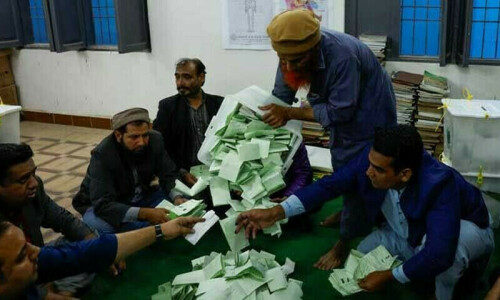
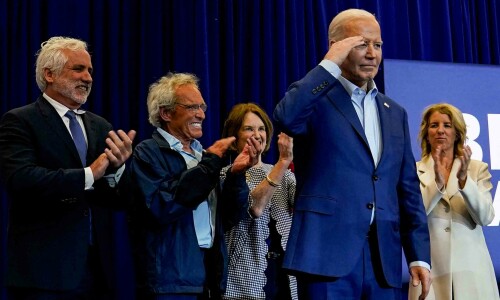

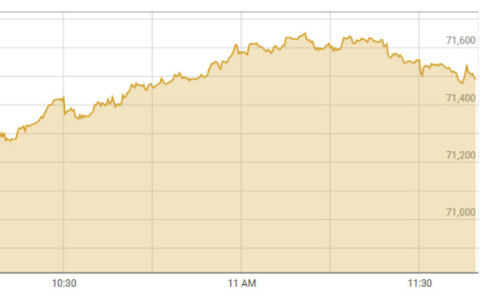





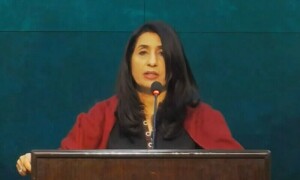

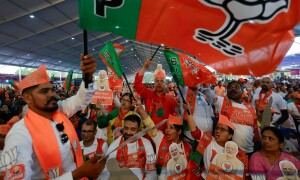
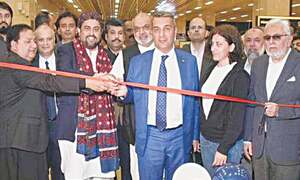


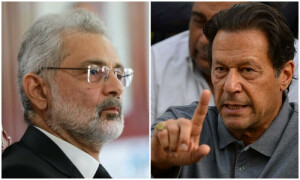










Dear visitor, the comments section is undergoing an overhaul and will return soon.